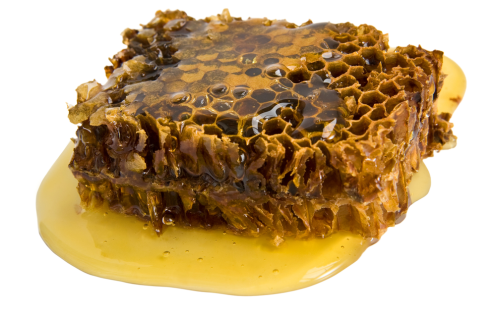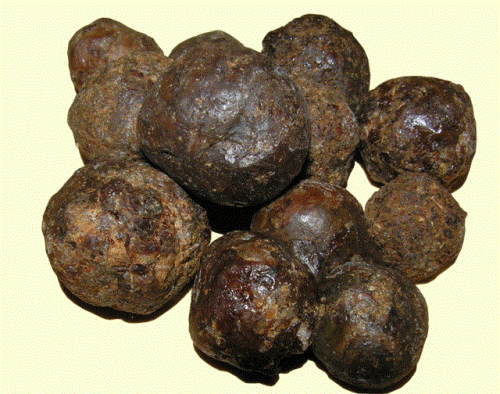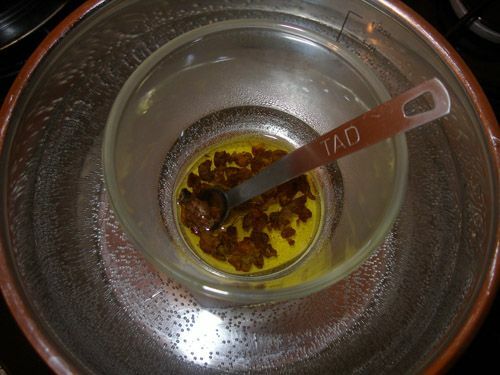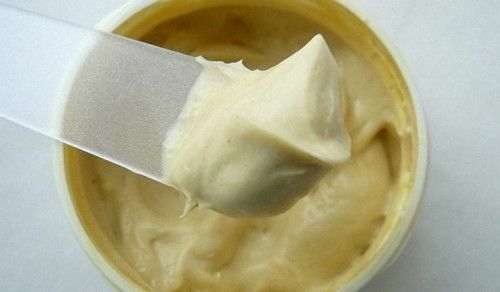- Composition and therapeutic properties of propolis
- Recipes based on propolis and butter
- Use of propolis oil
Bee products have been used for a long time to treat various diseases. Beeswax, honey, pollen, poison, royal jelly and even corpses of bees have unique healing properties that help cope with many ailments alone or in combination with other medicines.

Special propolis is a special glue that bees cover the slots in their hives to preserve heat, disinfect and protect against pests. It has antibacterial, regenerating, anesthetic and antiviral effects. In folk medicine, solutions for inhalation and electrophoresis are prepared from it, taken internally, applied to the skin for injuries, put compresses on calluses and joint diseases. Bee glue dissolves very well in fats, therefore, when preparing medicinal ointments, suppositories or oily solutions, a combination of propolis and butter is often used.
Composition and medicinal properties of propolis
The mechanism of production and the composition of propolis at the moment have not been fully clarified. It is known that in spring the bees collect special kidney substances from the kidneys of certain plants, as a result of processing them with special enzymes and enriching with minerals and vitamins, and this valuable product is formed.
The bee glue does not have a permanent composition, it differs depending on the type of bees, the location of the hives, the climate, the plants from which the gums were collected. It is established that propolis contains about 50 components, the percentage of which varies. These include:
- vitamins( E, C, PP, group B, provitamin A);
- beeswax;
- essential oils;
- resinous substances;
- flower pollen;
- organic acids( amino acids, benzoic, cinnamon, coffee and coumaric acids);
- mineral substances( Fe, Zn, Cu, Si, Mn, P, Ca, Mg);
- flavonoids, etc.

Folk recipes based on propolis with butter are widely used for topical application with various damages to the skin: burns( chemicaland thermal), long-term non-healing wounds, boils, ulcers, abscesses, rashes. For internal use, this remedy is used for tuberculosis, gastric and intestinal ulcer. A good effect is the reception of this drug for colds, accompanied by a runny nose, cough, inflammatory processes in the throat. Propolis combined with butter has a complex effect on the body, which is as follows:
- general strengthening of the body and increasing resistance to diseases;
- acceleration of tissue regeneration processes;
- is a bactericidal action against many gram-negative and gram-positive bacteria;
- destruction and neutralization of toxins formed during the decay of cells;
- topical anesthesia for external use;
- is an enhancement in the body of anti-inflammatory reactions.
Important: A mixture of beeswax and butter is sometimes called propolis oil or ointment. Depending on the content of propolis in it, it can be of different concentrations, which must be taken into account when designing the treatment regimen.
Recipes based on propolis and butter
The combination of propolis and butter in the recipes of traditional medicine is used quite often, which is due to the easy availability of this type of fat and the valuable biological properties of the resulting product. To create high-quality medical products from bee glue, it must be cleaned of impurities of dead insects, wax, villi, pieces of trees and other debris that are always present in it. The simplest method of cleaning is to soak the ground propolis in cold water. During this procedure, the debris floats to the surface and is collected by a sieve, and the bee glue falls to the bottom. After collecting impurities, the water is gently drained, filtering through a sieve, and the remaining propolis is dried.
Important: The bee glue that is on the top slats of the frames and the canvas is the cleanest. It has a softer consistency than the one that is collected from other places in the hive.
Propolis oil preparation
Propolis oil for medical purposes is usually prepared with a bee product content ranging from 5 to 20%.To obtain 100 g of oil of a certain concentration, the following proportions of butter and purified bee glue are taken:
- 5% - 5 g propolis and 95 g oil;
- 10% - 10 g propolis and 90 g oil;
- 15% - 15 g propolis and 85 g oil;
- 20% - 20 g propolis and 80 g oil.
Oil with a concentration of 5 and 10% is used for ingestion, and a product with a higher content of bee glue( 15 and 20%) is mainly used externally. Regardless of the percentage of propolis in the final product, the cooking technology is the same, and it consists in the following:
- Propolis is ground so that pieces of 1 to 3 mm in size are obtained.
- The ground bee glue is thoroughly mixed with chopped unsalted butter in a small saucepan or refractory bowl.
- The pan is placed in a boiling water bath and, with stirring, on slow fire, the ingredients are melted for 20-30 minutes.
- The hot oil is filtered through a double gauze layer, cooled, intermixed periodically, and poured into a hermetically sealed container for storage.
Tip: For a better grinding of propolis, it should be placed for a while in the freezer and then grated in a frozen grater.

It is possible to add a little honey or coffee to improve the taste of propolis with butter. Store the finished product in a refrigerator in a dark glass container. If properly stored, it will be usable for a long time.
Application of propolis oil
Oil from bee glue is successfully used in the treatment of the following diseases:
- gastritis, stomach ulcer and 12-colon;
- tuberculosis;
- bronchitis, pneumonia;
- runny nose, cough;
- pharyngitis, tonsillitis;
- lesions of the skin of various types.
For gastritis and peptic ulcer, 10% propolis oil is taken 5 grams three times a day at least 1 h before meals. It is recommended that you dilute the required amount of the product in a small amount of warm milk. The course of treatment lasts 2-3 weeks. The effectiveness of propolis in peptic ulcer is due to the high antibacterial activity( including the Helicobacter pylori causing ulcers) and the ability to stimulate the regeneration of the damaged gastric mucosa. The use of bee glue along with drugs and diet in this disease greatly accelerates recovery.
Important: In cases of liver disease, the internal administration of propolis oil is contraindicated!
In the treatment of tuberculosis, propolis with butter is used for a minimum of four and a half months. Take 15 g per day for 1 hour before breakfast, lunch and dinner for 60 days, then take a break for 14 days and repeat the course. In this way, the drug should be taken until complete recovery. As treatment is recommended, an increase in the oil concentration from 10 to 15%.
Propolis oil in combination with honey is very effective for colds, bronchitis, tonsillitis, pneumonia, pharyngitis. It should be taken half a teaspoon with warm milk 3 times a day until recovery. With a cold, the remedy is recommended to lubricate the nasal mucosa or insert for 30 minutes the cotton buds soaked in it into the nasal passages several times a day. Propolis strengthens immunity and can be used not only for treatment, but also for the prevention of colds during seasonal epidemics.

helps. Bee paste with butter is widely used for burns, frostbite, cuts, bruises, rashes, ulcers, fungal infections, purulent necrotic inflammations, eczema and other disorders. It can be applied pointwise, neatly rubbing into a small area of inflammation, or in the form of gauze bandages applied to the affected areas of large sizes. Dressings with such ointment do not stick to the wound and do not injure the resulting granulation tissue. The use of propolis oil( 15 and 20%) in dermatological practice with various damages to the integrity of the skin helps:
- significantly accelerate the healing processes of wound surfaces;
- prevent or eliminate infection of wounds;
- relieve pain and itching;
- to reduce permeability of vascular walls in the wound area;
- improve blood and lymph circulation.

. Important: Although propolis has practically no contraindications( except for allergic reactions), it is advisable to consult a doctor before starting it.
